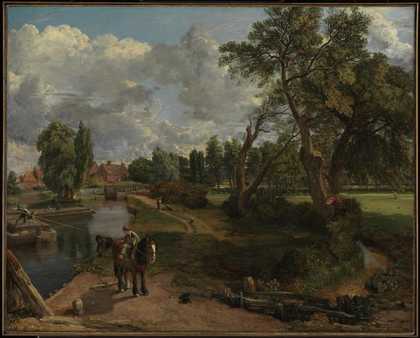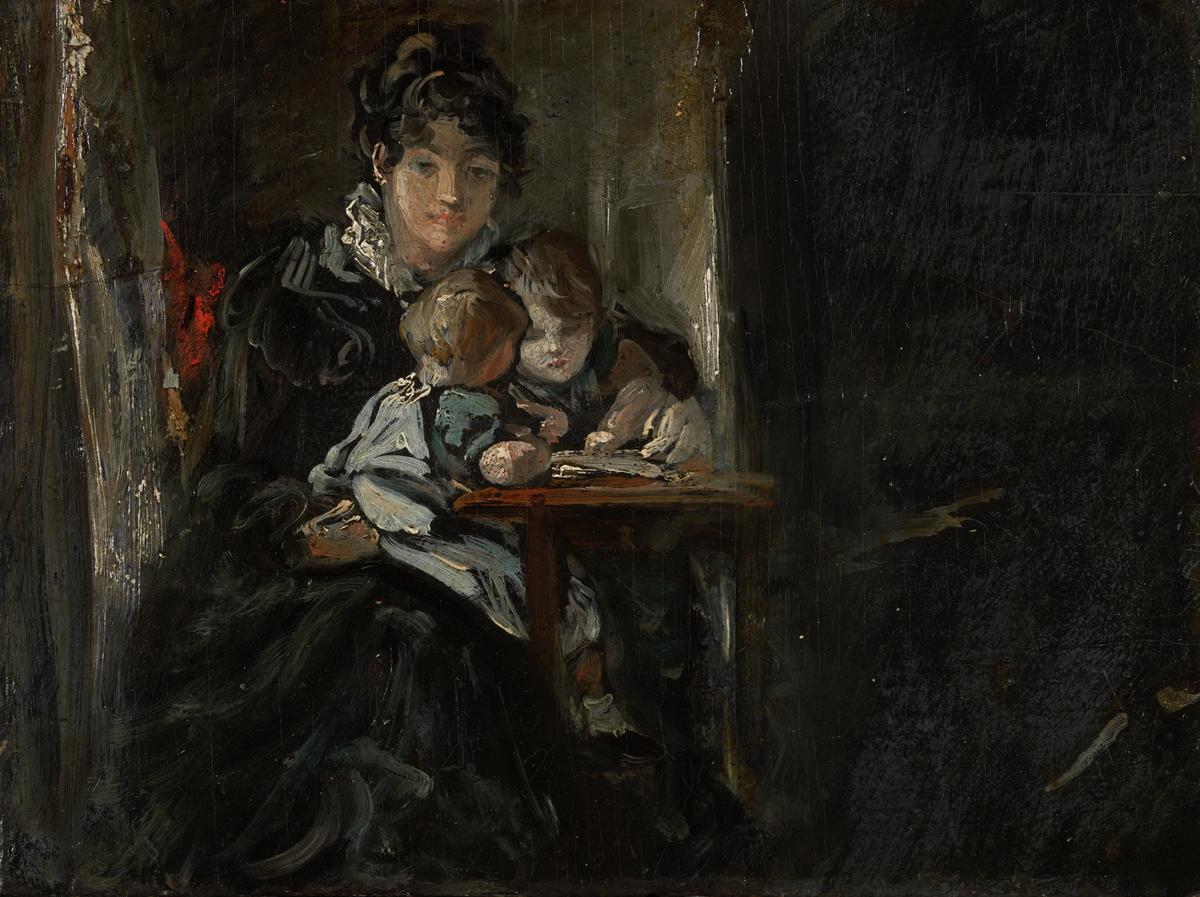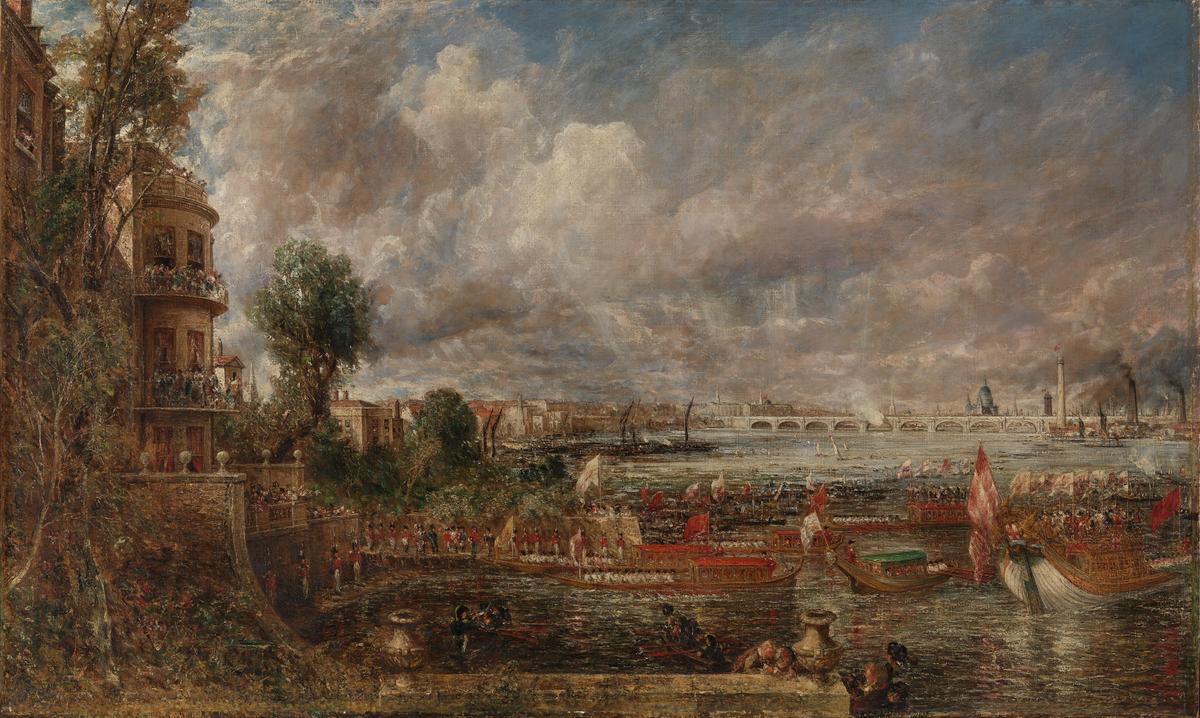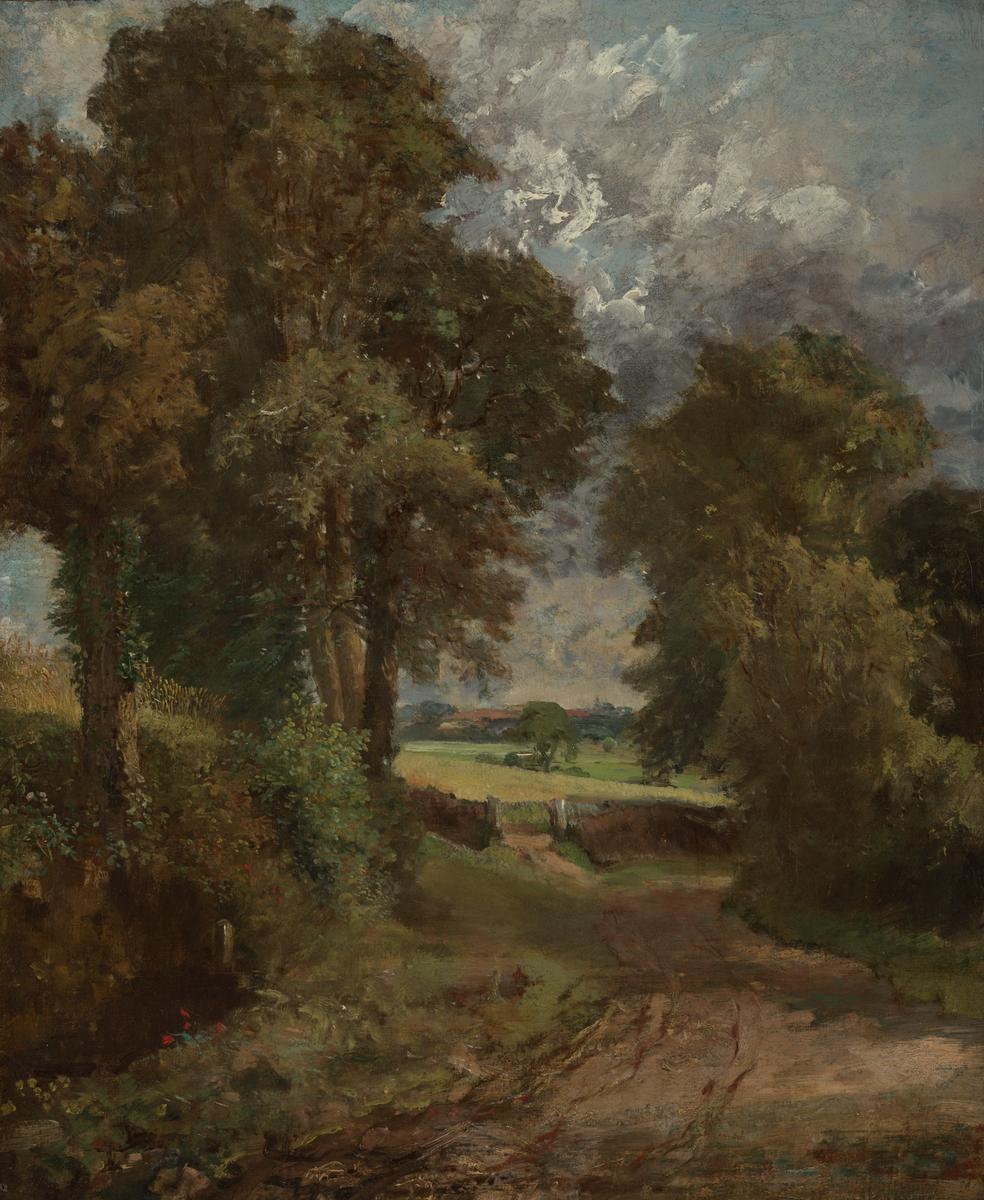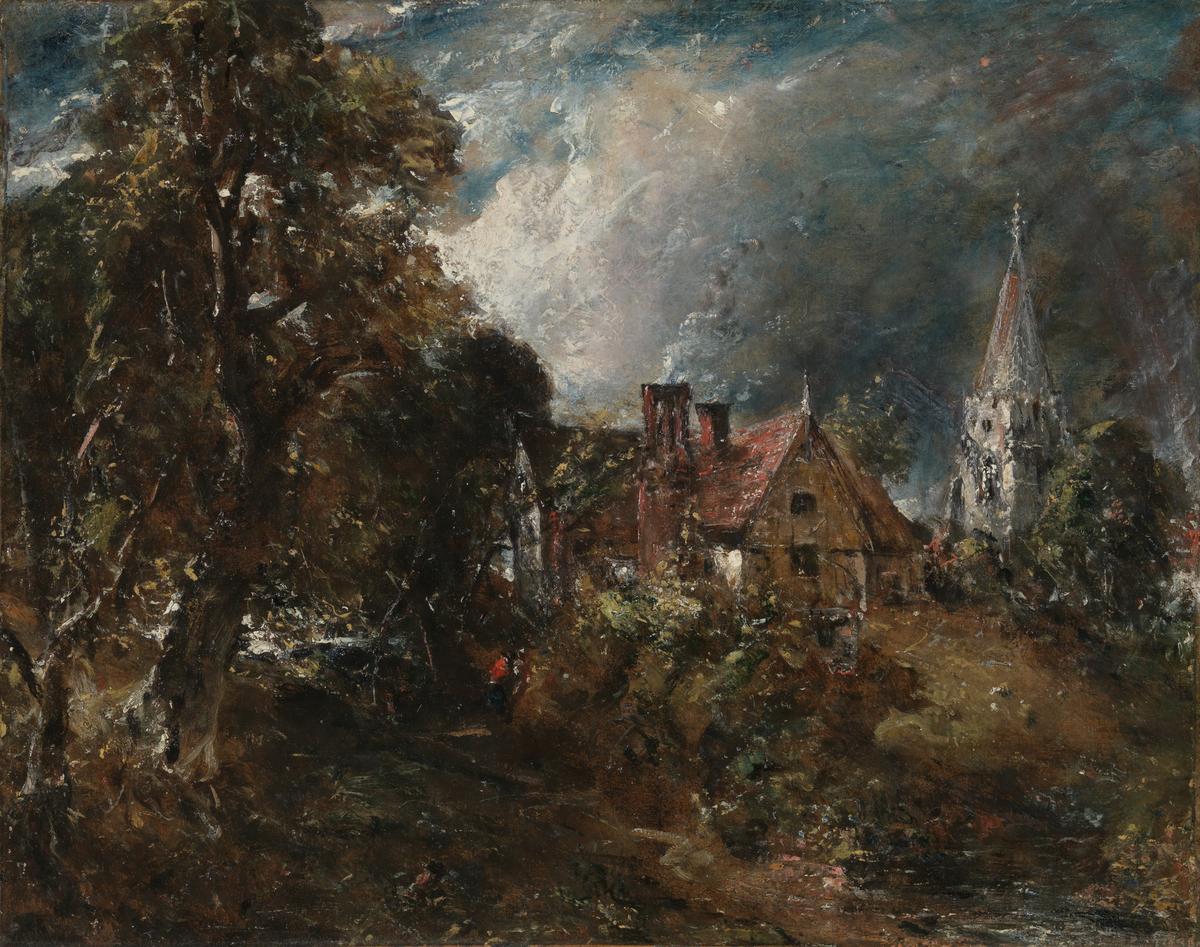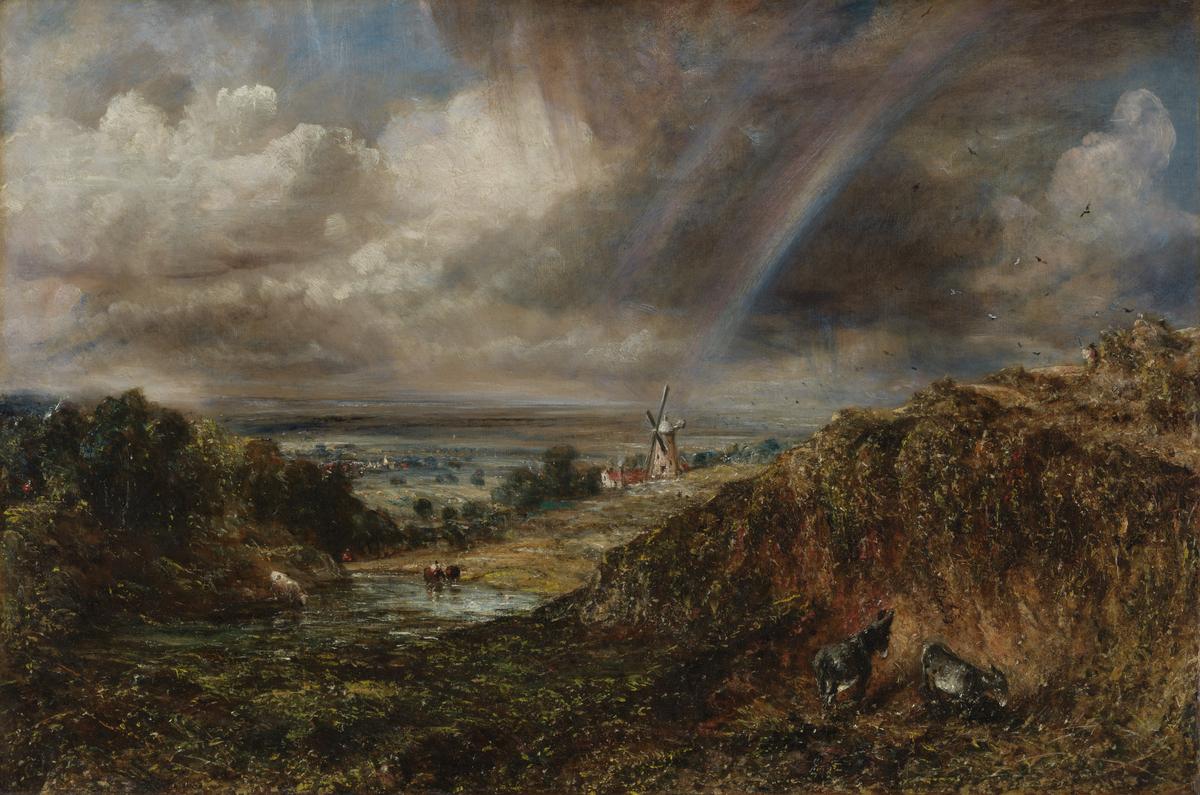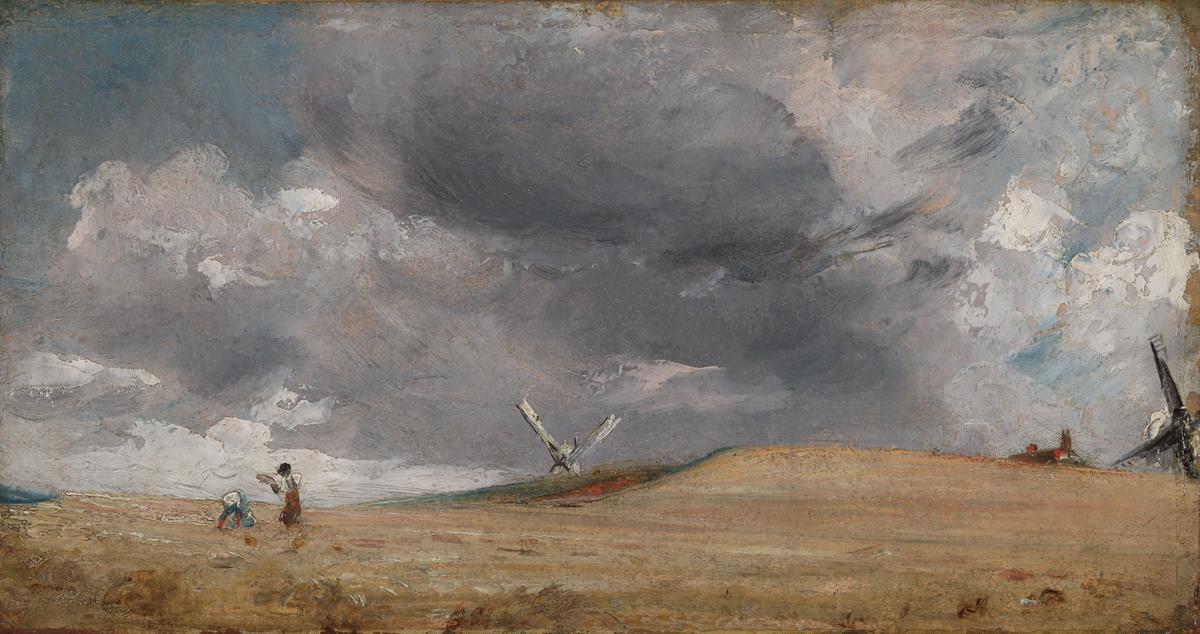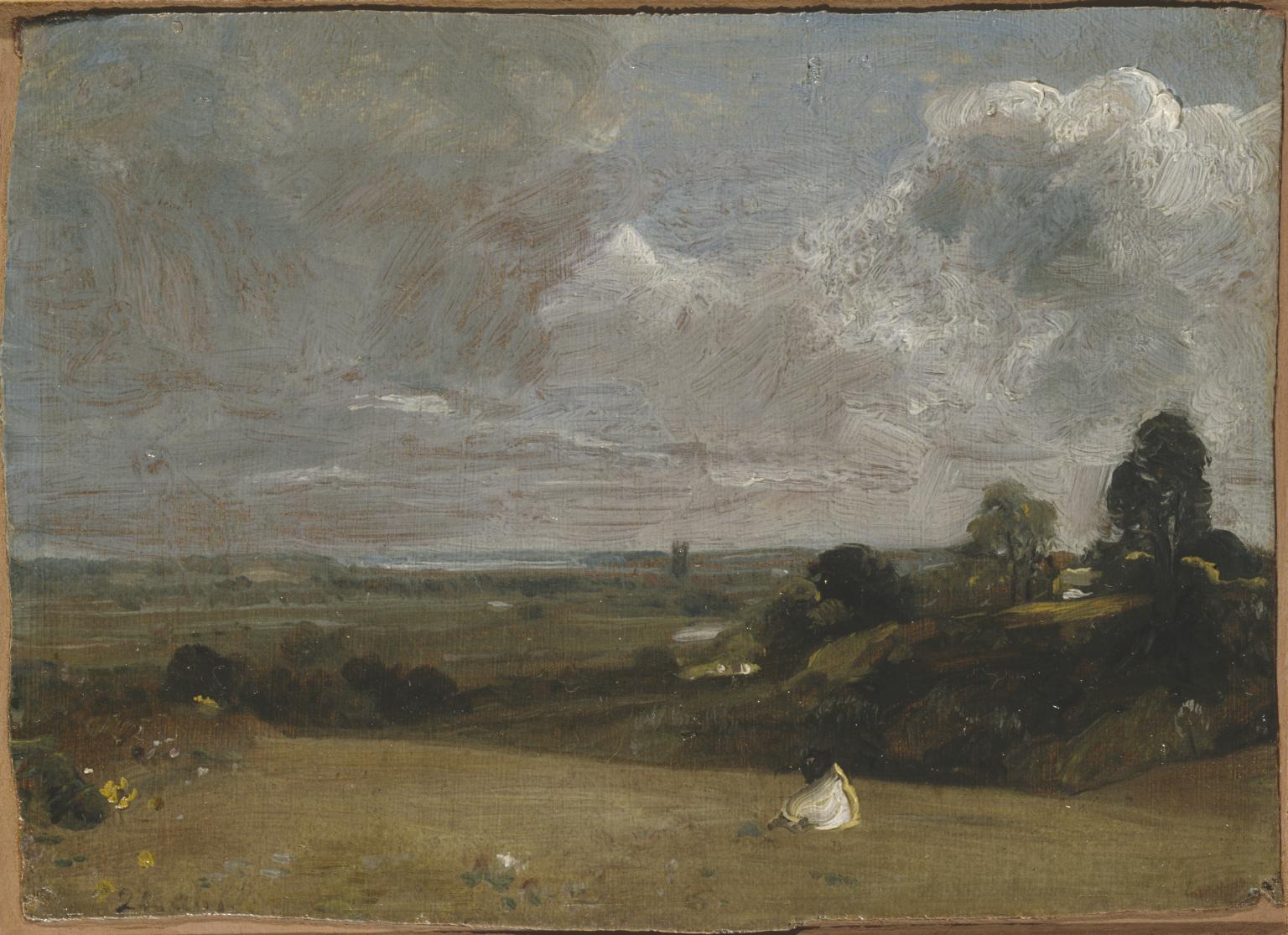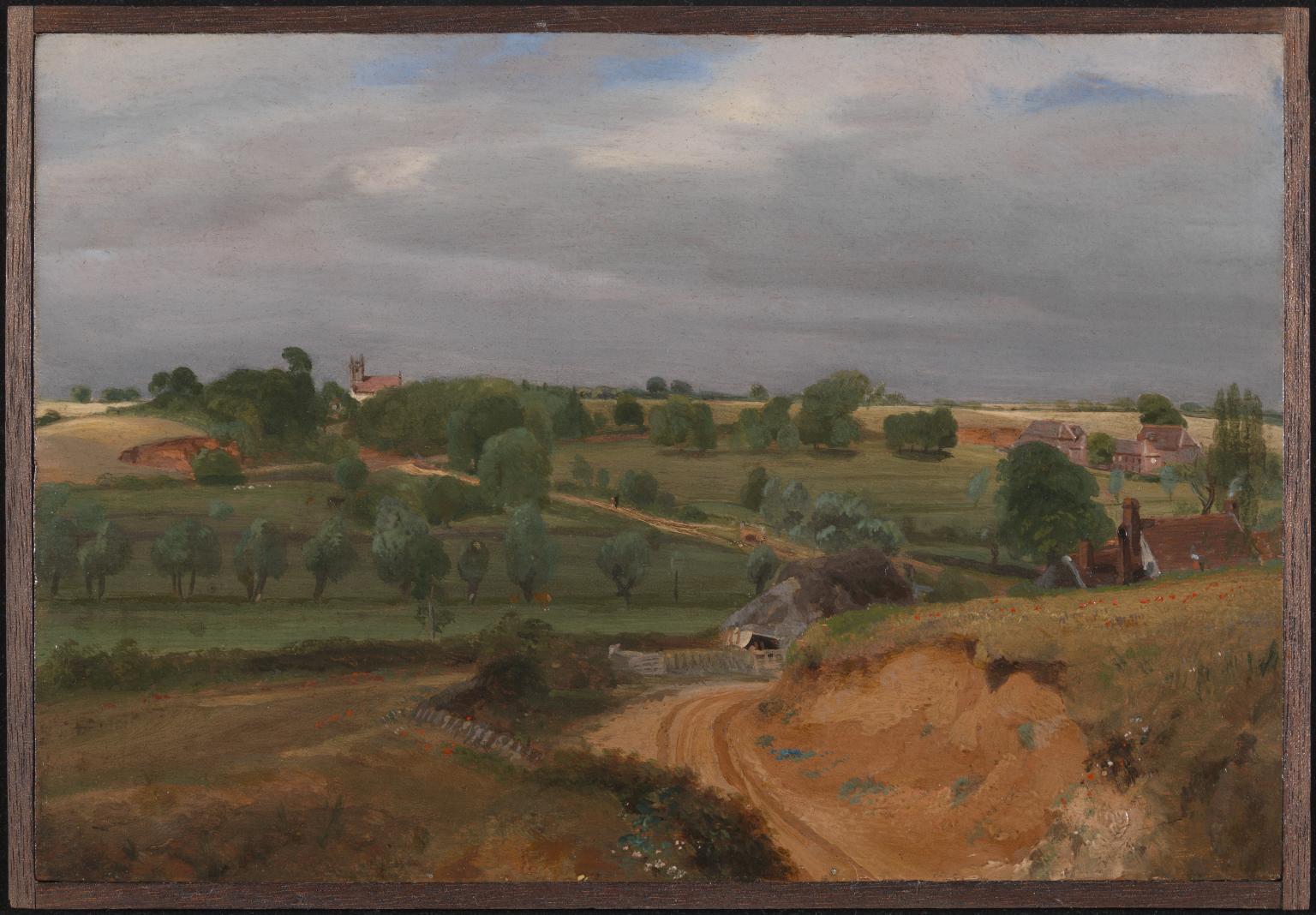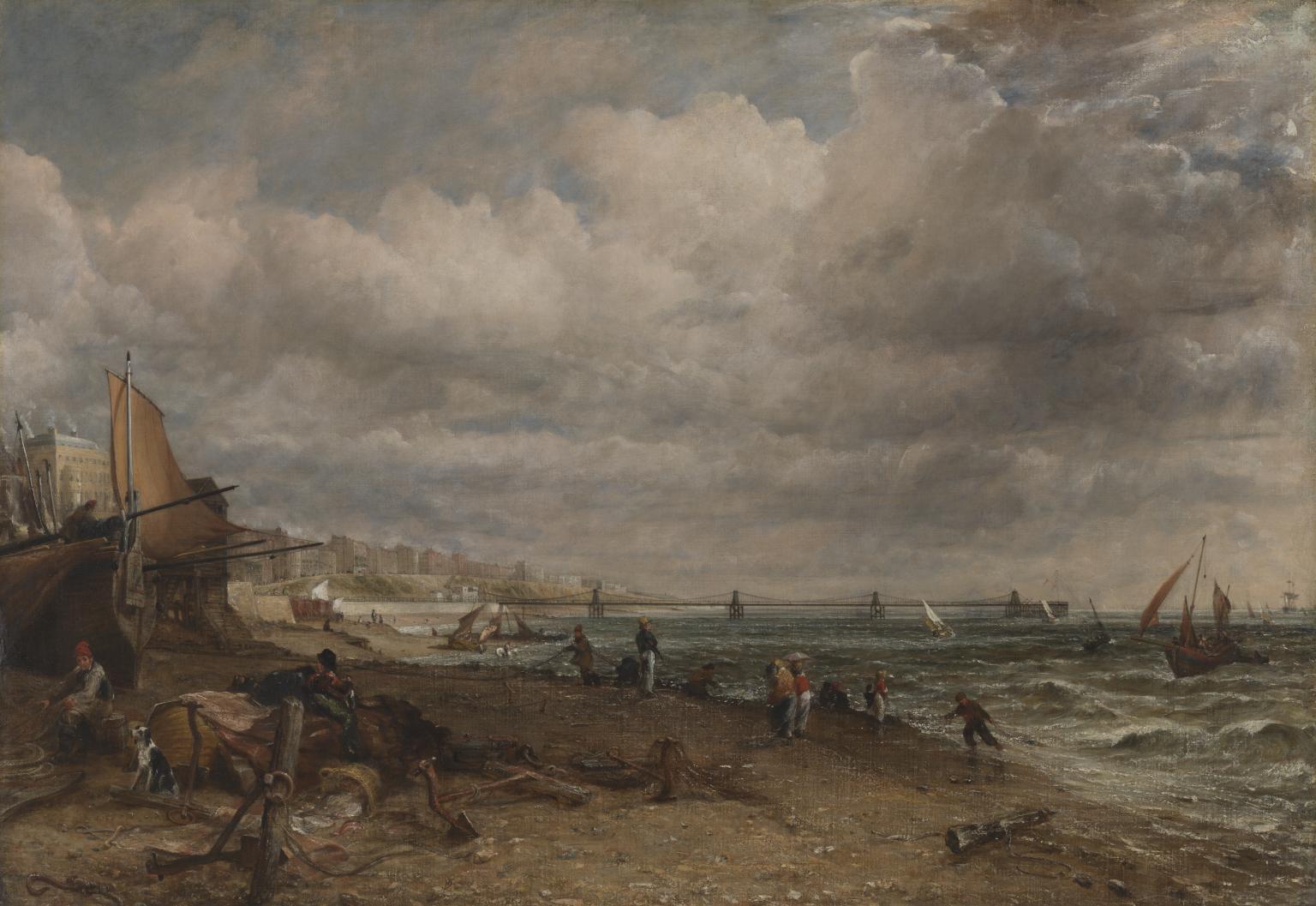8 rooms in JMW Turner
Today John Constable is recognised alongside JMW Turner as a great British landscape painter. While his work was just as radical as Turner’s, it took him much longer to find fame
Constable’s paintings of rural life in the early 1800s have shaped how the English countryside is imagined and romanticised. Even at the time, his work was powerfully nostalgic. Britain was changing – cities were growing and industry was booming. Rural life was changing, too, and bad harvests plus falling wages created challenges not evident in the pictures you see here.
Constable loved his native Stour Valley, which lies between the counties of Suffolk and Essex in south-east England. At 23 he moved to London but returned home regularly to sketch. The Stour Valley ‘made me a painter’, he said. It inspired paintings that first got him noticed and so strong was his association with the area that even before his death in 1837 it was called ‘Constable country’, a name still used today.
Sketching outdoors in oils was the basis of Constable’s art. He sought ‘freshness’ in his work and to capture fleeting light effects. Unlike Turner, he didn’t travel abroad, although his paintings were hugely praised at exhibitions in Paris.
Frustrated by his lack of recognition in London, he started to paint larger canvases. These so-called ‘six footers’ show off his bold painting technique and knowledge of Old Master painters he admired, like Canaletto, Claude and Rubens. They depict landscapes beyond ‘Constable country’, too – London, Salisbury and Brighton – and show his ability to bring landscape to life.
Art in this room
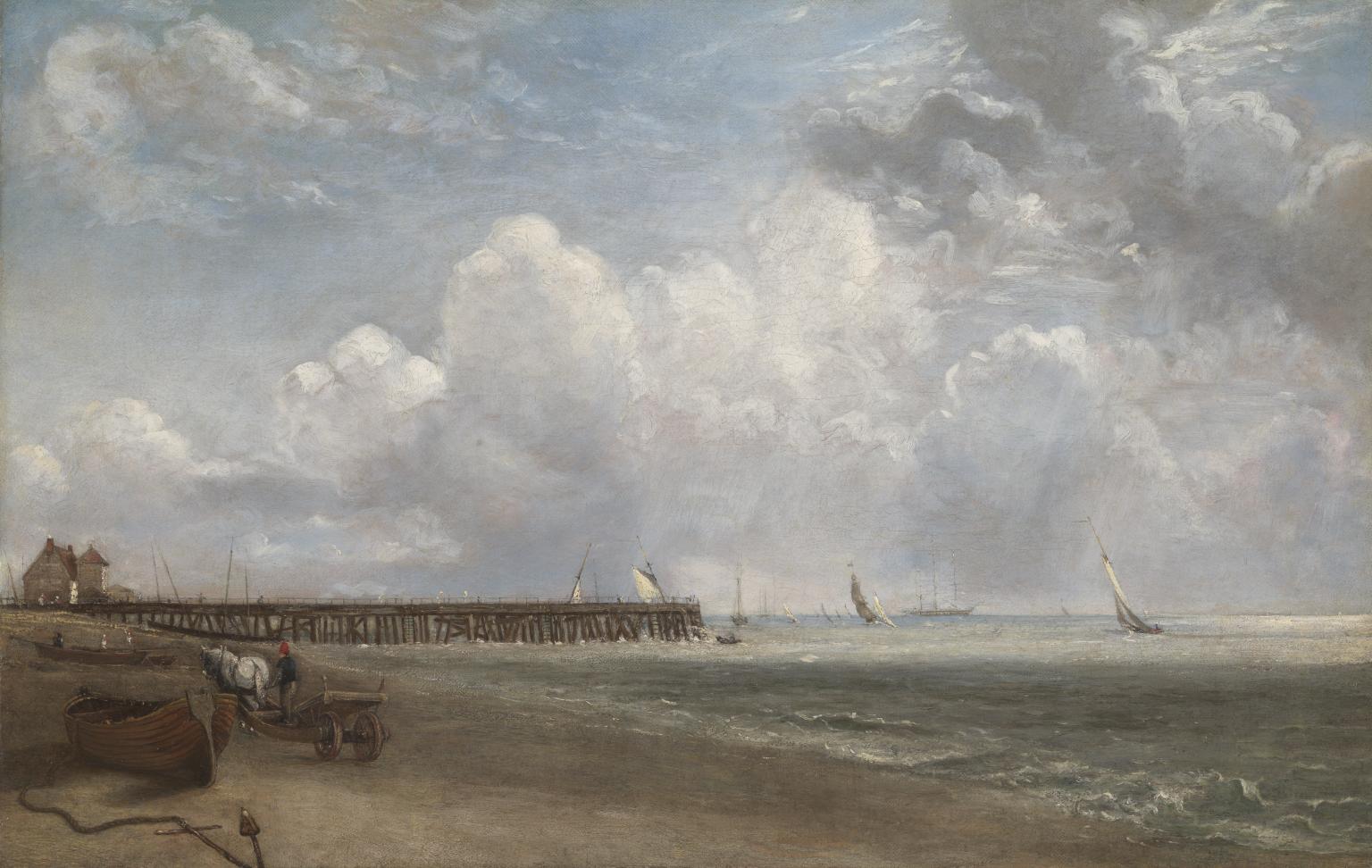
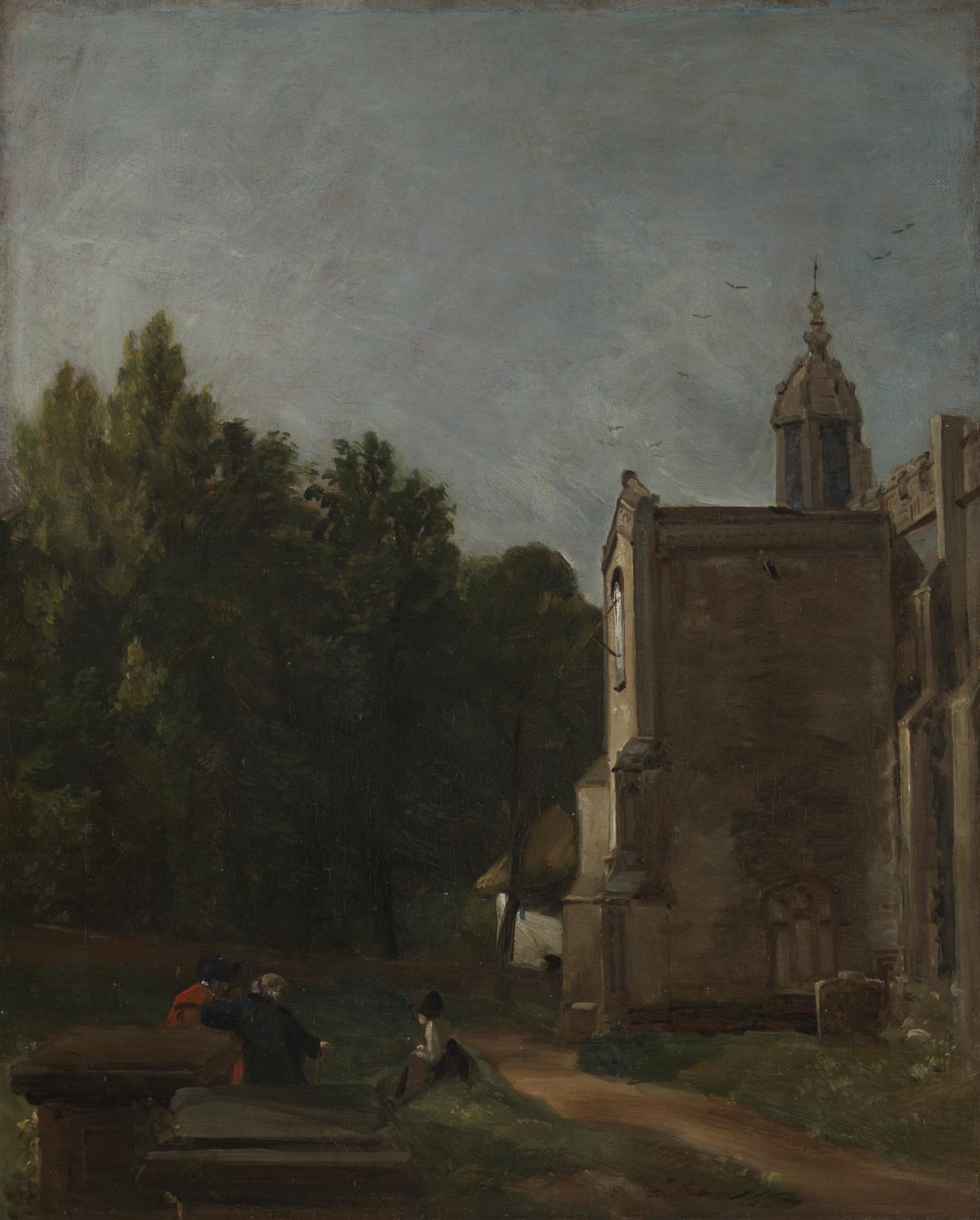
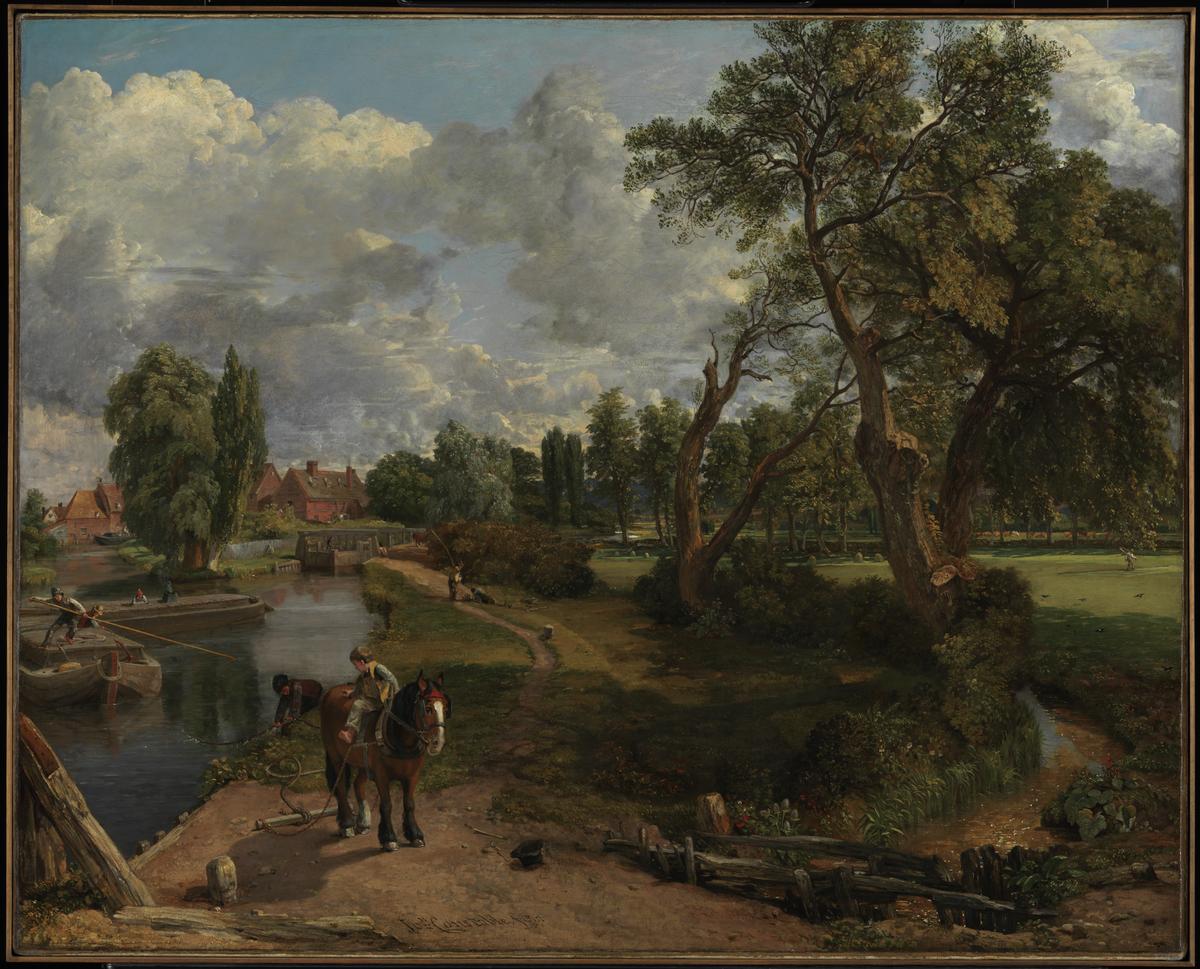
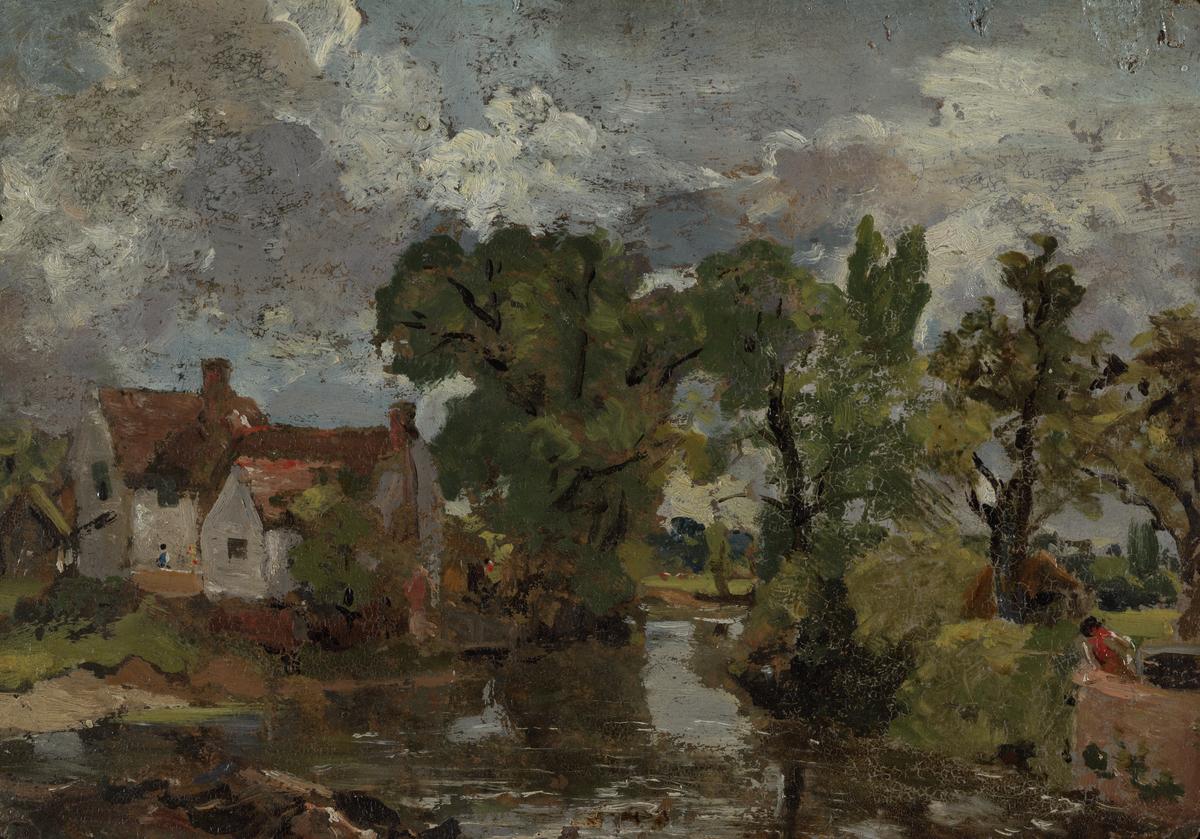
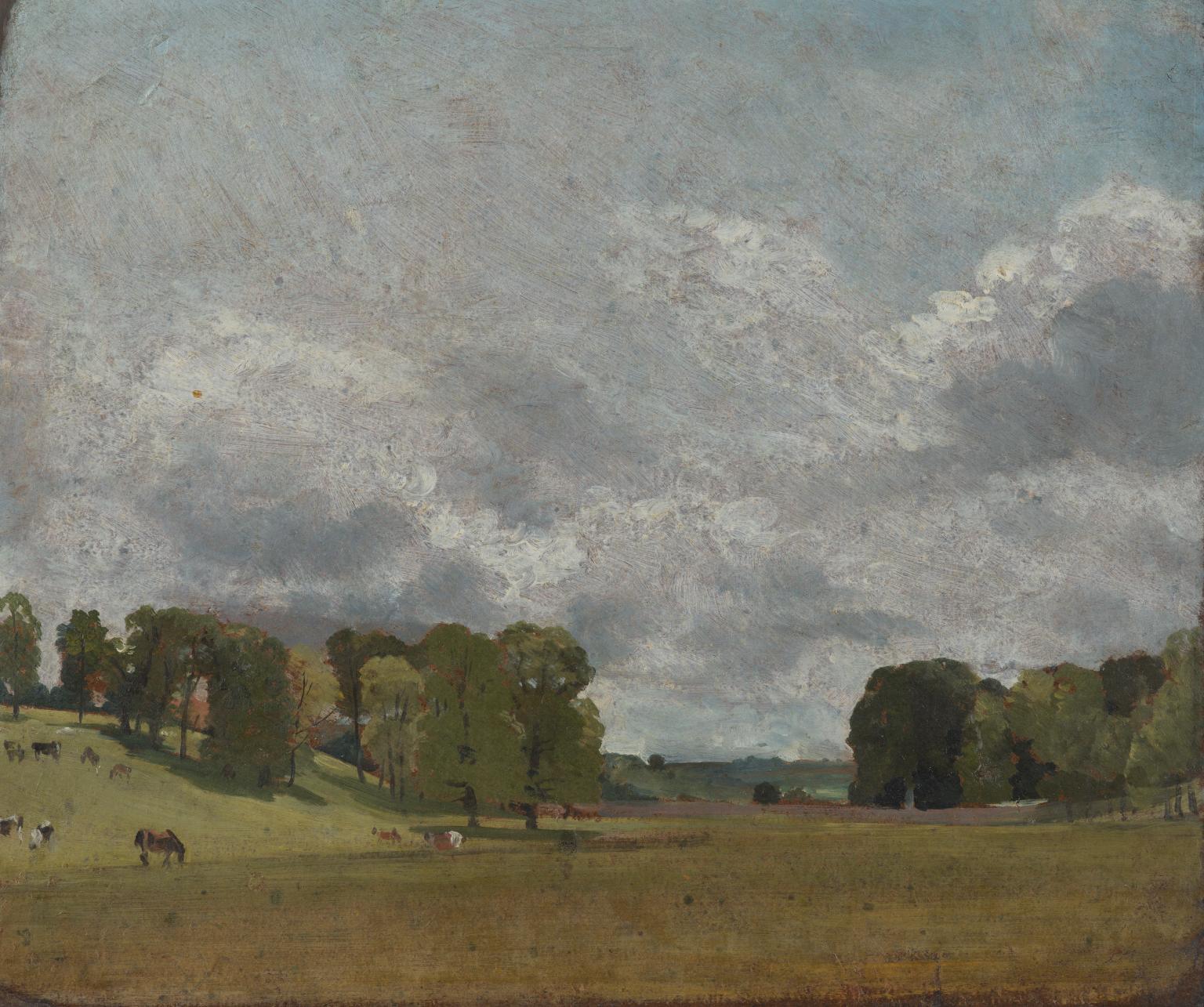
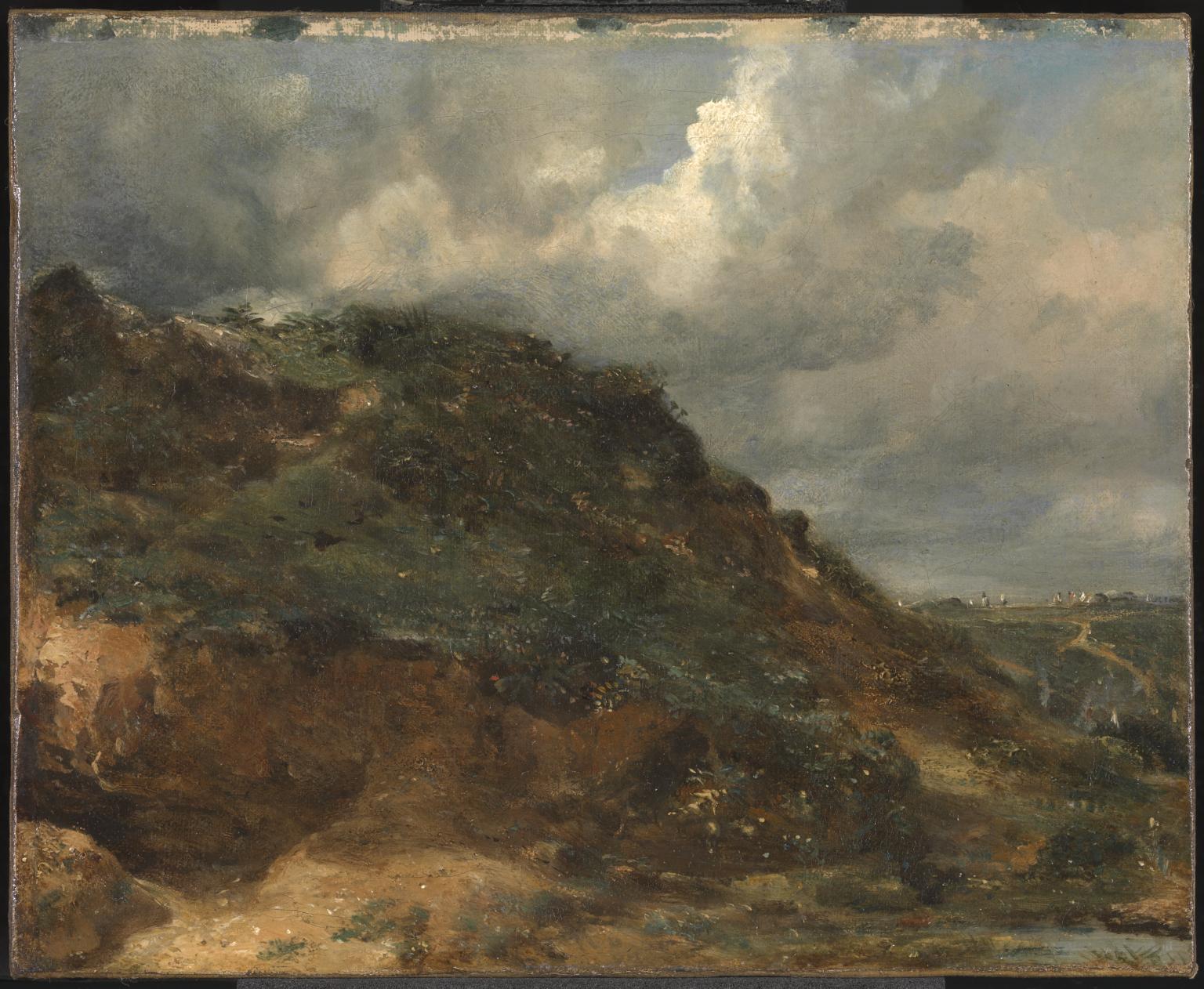
You've viewed 6/17 artworks
You've viewed 17/17 artworks

